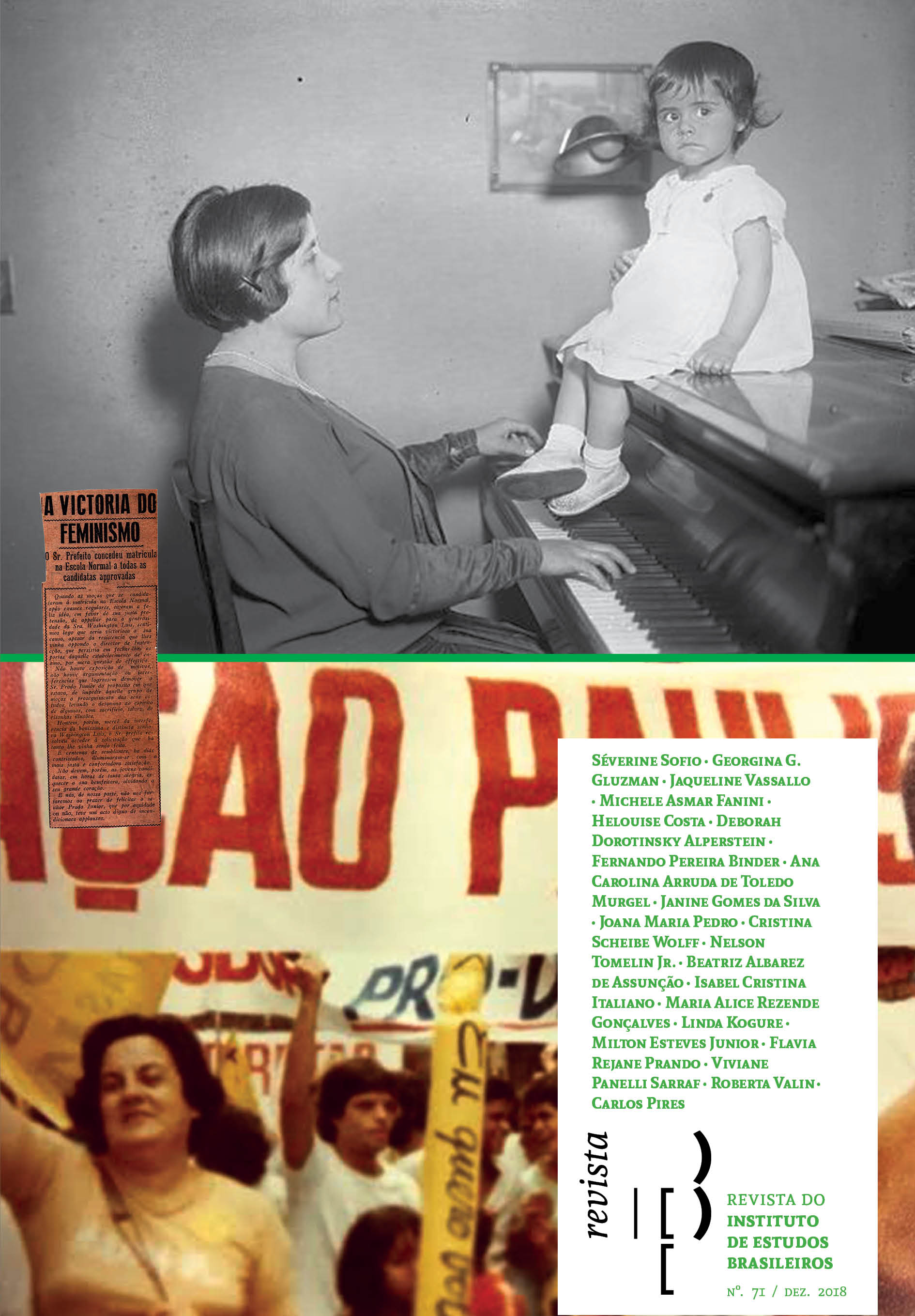“S. Bernardo” (Graciliano Ramos, 1934) & “S. Bernardo” (Leon Hirszman, 1972)
DOI:
https://doi.org/10.11606/issn.2316-901X.v0i71p212-231Keywords:
literature, cinemaAbstract
The present article seeks to ref lect on literature, history and feelings from the novel of S. Bernardo (1934) by Graciliano Ramos, and the adaptation of this work to the cinema by Leon Hirszman (1972). The aim is to discuss the dimensions of the book as a reflection on the moment when it emerged (1930s, 1930’s “revolution” and Modern Brazil), and the film (70s, civil-military dictatorship of 64 and another again announcement of modern Brazil and without communism). Experience and ambiguity, as constitutive dimensions of the narratives traced in these two important works of Brazilian culture, are evidenced here as possibilities for understanding the place of practice and memories in historical fields marked by strong social contradictions.
Downloads
Downloads
Published
Issue
Section
License
Copyright (c) 2018 Revista do Instituto de Estudos Brasileiros

This work is licensed under a Creative Commons Attribution-NonCommercial 4.0 International License.
- Todo o conteúdo do periódico, exceto onde está identificado, está licenciado sob uma Licença Creative Commons do tipo atribuição CC-BY.



